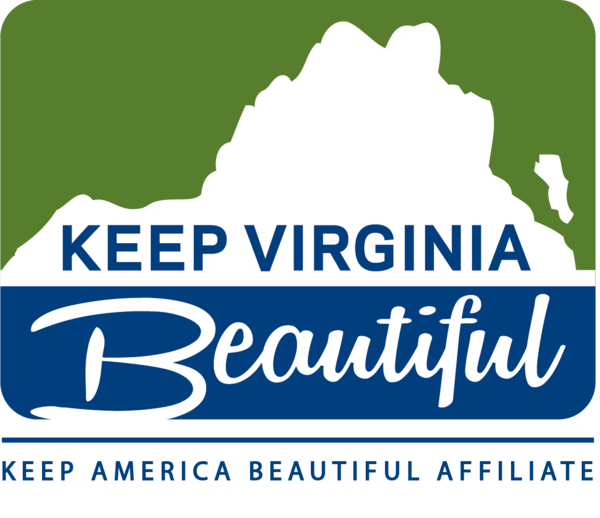Water Water Everywhere
We’ve done a great deal over the past several decades to improve the quality of our air and our water. Much has been changed since the 1960’s. Remember when the Ohio River caught on fire? Not so much today, right?
According to the EPA and Environment America, we still have some issues with our water supply in the United States, and particularly here in Virginia. We still dump millions of pounds of toxic chemicals into our waterways, and a report released Thursday, March 22, says that the New River in Western Virginia is ranked third worst in the country. Our Commonwealth ranked second worst in the nation. The report was released on World Water Day, a day of awareness of the issue of clean, accessible water.
We’ve gotten better, though, so we don’t need to worry, right? Not so much. You see, it’s a global problem. Little springs form creeks, which flow into rivers, which end up in bays that empty into oceans that wash up on shores far, far away. Water covers over 70% of the surface of the Earth. And not everyone has the access that we do. Consider the following:
There are over 7 billion hungry faces on our little marble, and they’re thirsty. About a billion of them don’t have clean drinking water. 1 in 8 of us drinks water that makes us sick. 80% of us live in areas where there are threats to water security, like pollution or deforestation. There are more mobile devices on Planet Earth than there are toilets.
7 billion. That’s a lot of people. We’ve grown by a couple of billion over the last few decades, and we’re estimated to add another couple by 2040. Most of us get our water from food, and feeding people takes 90% of our global water supply. Each of us consumes (through food and beverage) over a gallon per day. When you go to the store and grab a couple of t-bones for the grill, that pound of steaks took close to 10,000 gallons of water to grow. A pound of wheat takes about a thousand gallons to produce. Food is thirsty business.
Water makes most of us sick. Disease from water kills more people every year than all forms of violence, including war. In fact, it’s about 3.5 million people each year, or about the same as the population of Los Angeles. About 90% of those deaths are children under the age of five. That’s a child about every 20 seconds.
We wrote a while ago about our great Chesapeake Bay. When Europeans first began harvesting shellfish in the Bay, in the early 1500’s, the crafty mollusks could filter the entire Bay in about 3 days. Flash forward 500 years, the water is murkier, we’ve managed to kill or eat most of the oysters, and their process now takes over a year. Our native water sources are losing their ability to regulate themselves. Over half of our wetlands have disappeared in the last century, and there went another natural filter out with the proverbial bathwater.
Many of the toxins that we flushed in way-back-when stay in the water for decades and decades. Items like mercury stay in the water and are absorbed into the food chain. There are many stretches of the James, Roanoke, and Shenandoah Rivers that are still considered unsafe to fish, despite the steps that we’ve taken to clean them up. What does this cause? Scientists studying fish in the Potomac River found that 80% of all of the male Bass (both largemouth and smallmouth) carried female eggs, a sure sign that something is hinky in Reproductive Land.
While the report said that the New River was a hot mess, the James and Roanoke got failing grades as well. It wasn’t, however, just our majestic big rivers. Little creeks and streams made the top 50 as well. Parker Creek on the Northern Neck made the Top Fifty due to discharge from poultry plants. The Jackson River, coming from Highland County, is a major tributary of the James. The Clinch River made the Top Fifty for Developmental Toxins. Who doesn’t want a tall glass of that?
Many of the rivers and streams mentioned in the report were far away from us. And goodness knows, there are many of us here in Virginia who are trying to do our part to Keep Virginia Beautiful. But the Ohio River isn’t really that far away from here. Do you remember Atlanta a couple of summers ago? It got too big for its britches and a combination of growth, drought, and poor water management brought them to within a few days of actually running out of water. It began to live up to the nickname, “Hotlanta”. And that’s just  right down the Interstate.
right down the Interstate.
Water is kind of like life. It just goes somewhere. Little creeks in the headlands and mountains run into streams in the valley. Streams cross fields until they hit rivers. Rivers flow endlessly into our bays and gulfs. If you keep sailing down the Chesapeake, you’ll eventually hit the ocean. Right across the Atlantic is a continent called Africa. If you listen carefully, you can hear someone flush.

